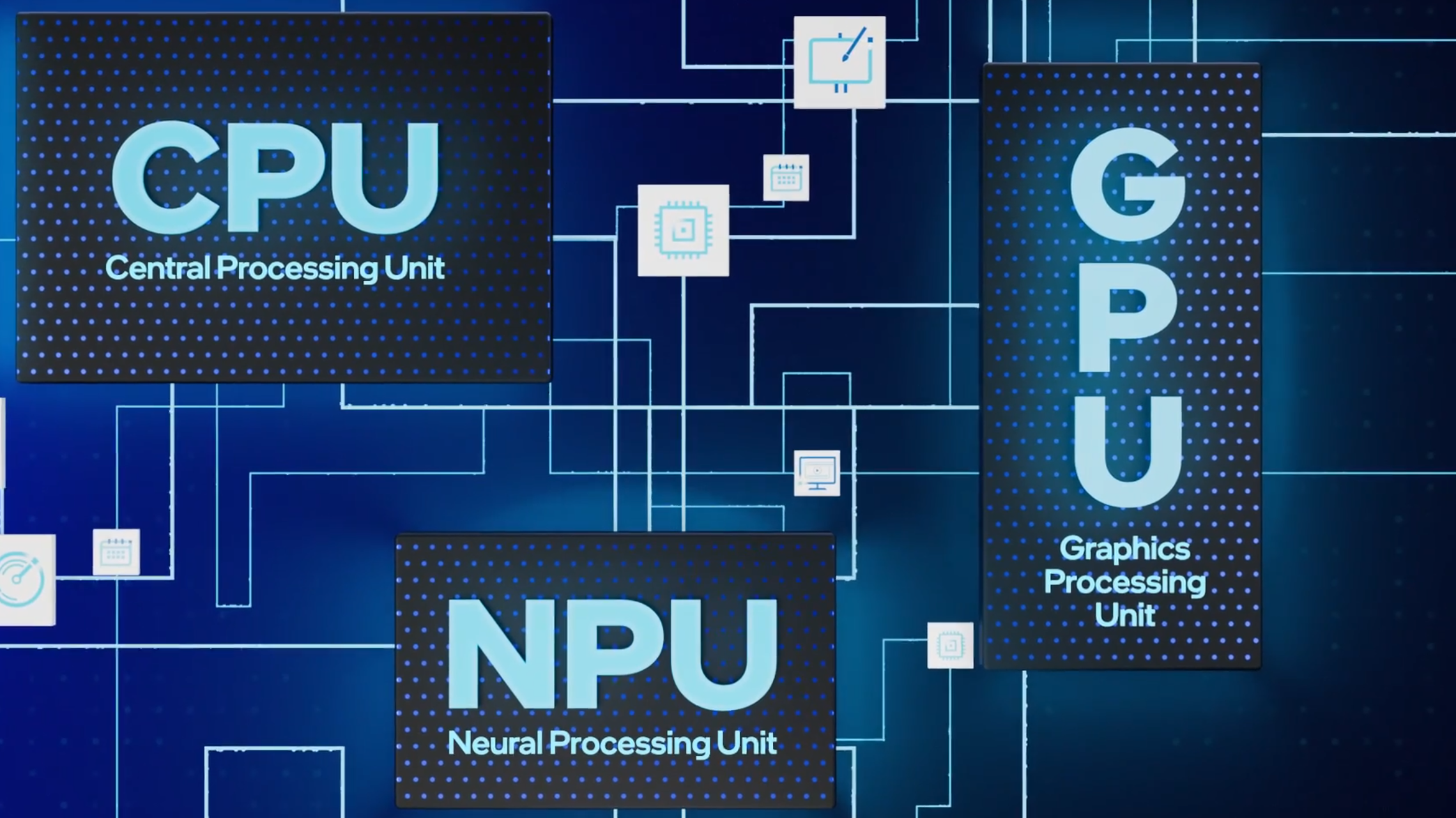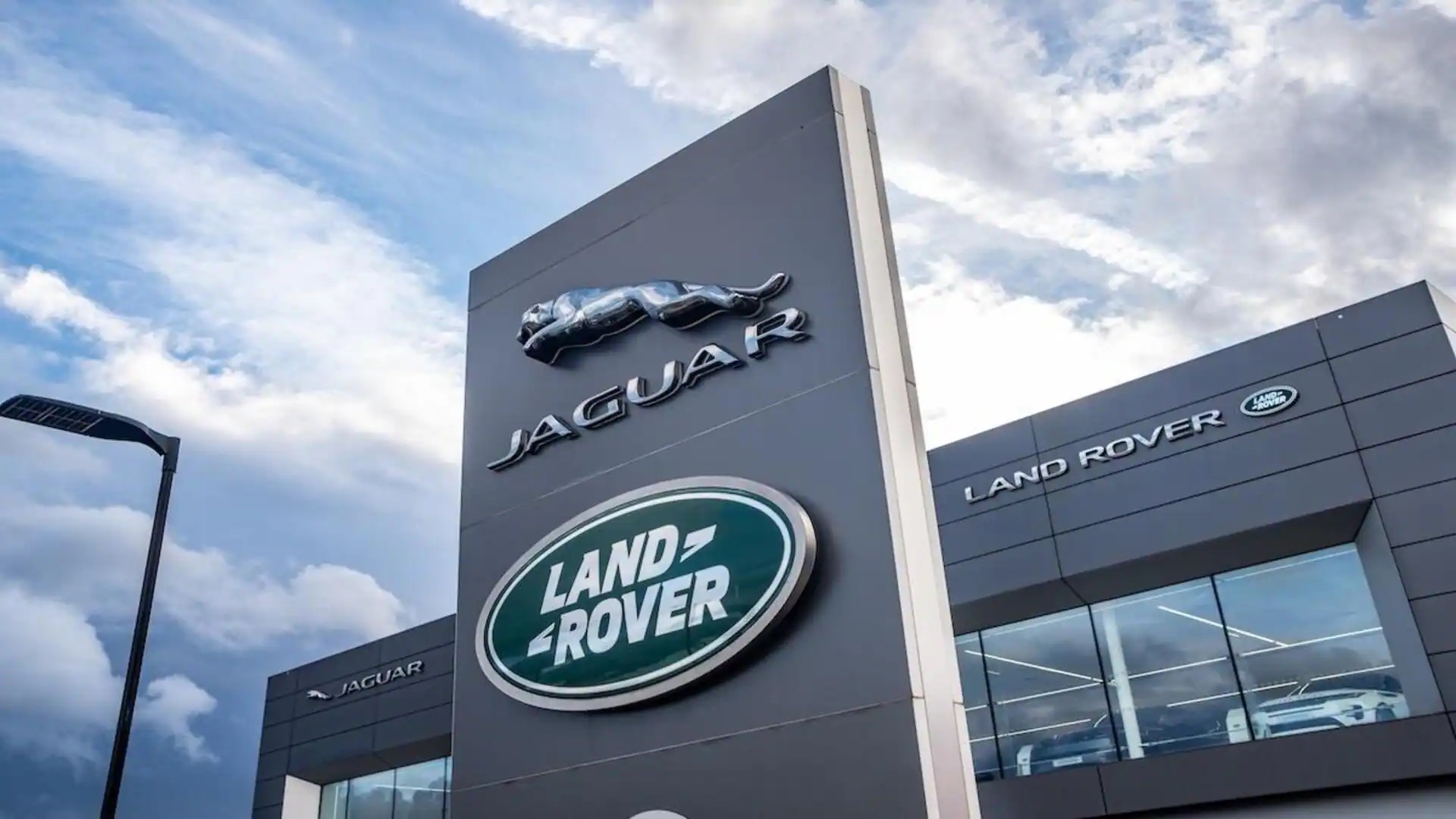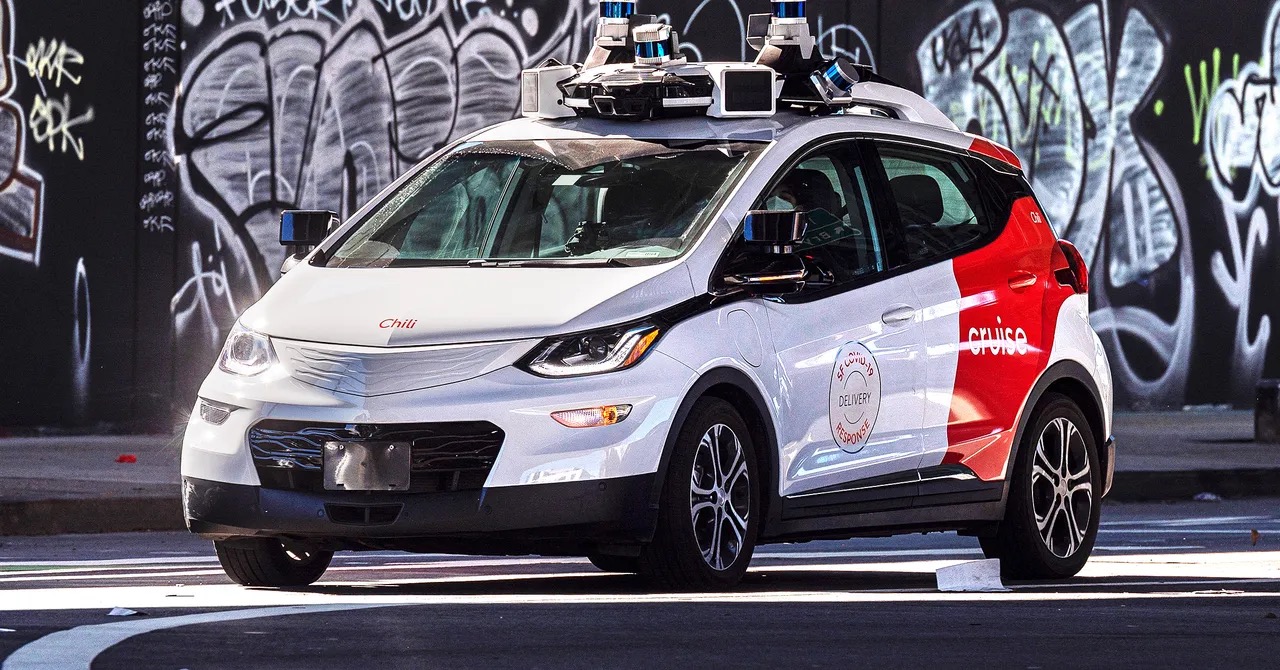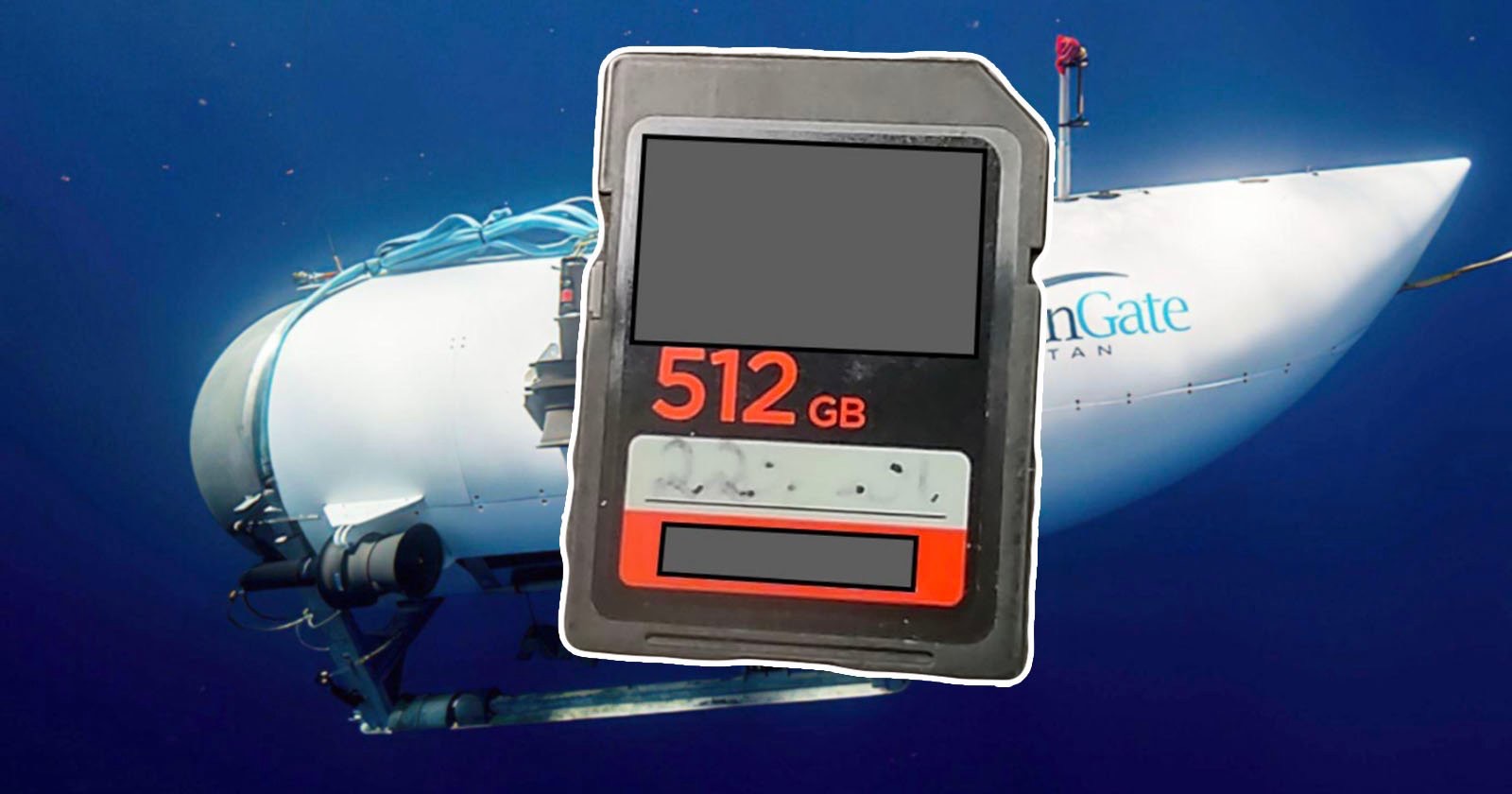Shipments of AI-Enabled PCs Expected to Reach 77.8 Million Units in 2025
The global PC market is on the brink of transformation as AI-enabled computers begin to enter the mainstream. According to the latest industry forecasts, shipments of AI-powered PCs are projected to reach 77.8 million units in 2025, accounting for nearly one in five of all PCs sold worldwide.
This surge represents a major shift in how personal computers are designed and used. AI PCs—defined as devices equipped with dedicated neural processing units (NPUs) that handle on-device machine learning tasks—are expected to deliver significant gains in performance, power efficiency, and privacy. Rather than relying solely on cloud processing, these systems can perform functions like real-time translation, image enhancement, and security analysis directly on the device.
Industry leaders such as Microsoft, Intel, AMD, and Qualcomm are driving this evolution through new hardware and software ecosystems tailored for generative AI workloads. Microsoft’s upcoming Copilot+ PC initiative, powered by the Windows AI stack, has become a catalyst for widespread adoption, with manufacturers including Dell, HP, Lenovo, and Asus integrating AI capabilities into next-generation laptops.

Analysts suggest that AI PCs will play a central role in revitalizing the stagnant PC market. After years of decline following the pandemic-era sales boom, the introduction of new AI features is expected to trigger an upgrade cycle among both consumers and enterprises. Businesses, in particular, are eyeing AI PCs for productivity gains, automation, and data security improvements.
By 2027, AI-enabled PCs are projected to represent over 60% of all PC shipments, signaling a rapid and irreversible shift toward intelligent computing. With innovation accelerating, 2025 is shaping up to be the year that AI truly redefines the personal computer experience.
Meta Unveils AI-Powered Smart Glasses at Connect 2025
Meta has taken a major step into wearable technology with the launch of its AI-enabled smart glasses at the Connect 2025 event. The new devices combine augmented reality, artificial intelligence, and intuitive gesture control, positioning Meta at the forefront of the next computing platform.
The flagship model, the Ray-Ban Meta Display, features a high-resolution display embedded in the right lens, enabling users to view notifications, navigate directions, make video calls, and access real-time translations without reaching for a smartphone. A companion Meta Neural Band tracks subtle wrist movements using electromyography (EMG), allowing users to control the glasses through gestures rather than buttons or voice commands. The glasses alone offer around six hours of use per charge, with an included charging case extending total battery life to 30 hours.
Meta also introduced two additional models: a second-generation Ray-Ban Meta with upgraded camera and battery features, and the Oakley Meta Vanguard, designed for athletes and active users with rugged durability and fitness-tracking capabilities. Prices for the new devices start at $379 for the Gen 2 Ray-Ban, $499 for the Oakley Meta Vanguard, and $799 for the Ray-Ban Meta Display.

The launch represents Meta’s broader vision to integrate AI into daily life. CEO Mark Zuckerberg emphasized that wearable AI can offer “personal superintelligence,” allowing the device to see what the wearer sees and hear what they hear. This positions the glasses not just as a consumer gadget, but as a tool for enhanced productivity, accessibility, and communication.
Despite the excitement, challenges remain. Convincing mainstream consumers to adopt AI glasses, ensuring sufficient battery life, building a robust developer ecosystem, and addressing privacy concerns will be key to widespread adoption.
Connect 2025 signals Meta’s ambitious push into AI wearables, combining advanced hardware with intelligent software to redefine how people interact with information and their environment. With these new smart glasses, Meta is betting that eyewear could be the next major computing platform, bridging the gap between augmented reality and everyday life.
Australian Claude.ai Users Experience Weekend Outages
Over the weekend, users of Claude.ai in Australia reported widespread outages and service disruptions, affecting both the web platform and API access. The downtime, which spanned several hours, prevented users from initiating new conversations, retrieving AI responses, or accessing ongoing tasks. Reports were particularly concentrated in major cities such as Sydney, Melbourne, and Perth, though regional users also experienced intermittent connectivity issues.
Many businesses relying on Claude.ai for customer support, content generation, and internal workflow automation were temporarily hampered. Professionals using the AI for research, coding, or data analysis faced interruptions, highlighting the increasing dependence on AI assistants for both personal and enterprise-level tasks. Users took to online forums and social media to report the outages, describing issues ranging from slow response times to complete inaccessibility.
Claude.ai’s status updates acknowledged the disruption, assuring users that engineering teams were actively investigating the problem and working to restore full service. While no detailed explanation for the outages was provided, the company emphasized that the downtime was temporary and that service continuity measures were being implemented to prevent future occurrences.

By Monday, the platform appeared to be fully operational, with users regaining normal access to both the web and API services. Despite the resolution, the incident has sparked discussions about the reliability of AI platforms, particularly as their adoption grows in professional and commercial contexts. Analysts note that repeated outages could undermine user confidence, especially for companies integrating AI into mission-critical workflows.
The weekend downtime serves as a reminder of the challenges faced by AI providers in maintaining high availability amid growing demand. Users are encouraged to monitor platform updates and report any residual issues to Claude.ai support channels. As AI tools become more central to daily operations, ensuring robust uptime and rapid incident response will remain crucial for maintaining trust and utility in these systems.
QNAP High Availability Solution Promises Zero-Downtime for Critical Business Systems
QNAP has unveiled its latest High Availability (HA) solution, designed to ensure continuous operation for businesses relying on mission-critical systems. The solution uses a dual-NAS failover architecture, enabling organizations to maintain seamless access to data and applications even in the event of hardware failures. This approach is aimed at reducing downtime and mitigating the operational risks associated with system outages.
At the core of the solution are two NAS units configured in an active-passive setup. The active unit handles all operations, while the passive unit continuously mirrors the active system. If the active NAS encounters a failure, the passive unit automatically takes over within minutes, minimizing disruptions and preserving business continuity. Data is continuously synchronized between the two devices in real time, ensuring that no critical information is lost during failover events.
The system is managed through an intuitive interface, allowing IT teams to monitor performance, track system health, and manage both NAS units from a centralized platform. This simplifies administration, reduces the risk of configuration errors, and ensures rapid response in the event of a problem. The HA solution is also designed to be cost-effective, offering enterprise-grade reliability without the high investment typically associated with traditional high-availability deployments.

QNAP’s solution is particularly suited for environments where uninterrupted access to data is essential. It can support virtualized storage for business-critical applications, provide reliable storage for AI servers requiring large datasets, and ensure media production workflows remain uninterrupted. Industries that depend on constant system availability, such as finance, healthcare, broadcasting, and research, stand to benefit significantly.
By combining dual-NAS architecture, real-time data replication, and user-friendly management, QNAP’s High Availability solution addresses the growing demand for zero-downtime operations. It provides businesses with a practical and reliable way to maintain continuous access to critical systems, safeguarding both productivity and operational resilience.
NPU Performance Continues to Improve with Each Processor Generation
Neural Processing Units (NPUs) have emerged as a critical component in modern processors, accelerating artificial intelligence (AI) and machine learning (ML) workloads. Across successive processor generations, NPUs have seen consistent improvements in performance, efficiency, and versatility, driving innovation across consumer electronics, enterprise systems, and AI-driven applications.
One of the most notable trends in NPU development is the rapid increase in computational power. Each new processor generation delivers higher throughput, measured in trillions of operations per second (TOPS). Architectural refinements, optimized memory access, and enhanced parallel processing have contributed to these gains, allowing NPUs to handle increasingly complex AI tasks such as natural language processing, real-time translation, image recognition, and generative AI workloads. This performance boost enables faster inference times, smoother multitasking, and the ability to run more sophisticated AI models directly on devices without relying on cloud computing.

Energy efficiency has also improved with each NPU generation. Modern NPUs are designed to maximize performance while minimizing power consumption, a crucial factor for mobile devices, laptops, and edge computing applications. Advanced power management, dynamic frequency scaling, and efficient data movement strategies allow devices to deliver high-speed AI processing without drastically impacting battery life or generating excessive heat.
Another key area of progress is versatility. New NPUs support a wider range of AI models and frameworks, making them compatible with both legacy applications and cutting-edge AI software. This broad support ensures that NPUs can accelerate tasks across various industries, from consumer electronics and healthcare to finance and creative media.
As processors continue to evolve, NPUs are expected to become even more capable, bridging the gap between raw computational power and real-world AI application. With each generation, NPUs are not only faster and more efficient but also more adaptable, solidifying their role as essential components for the future of intelligent computing.











